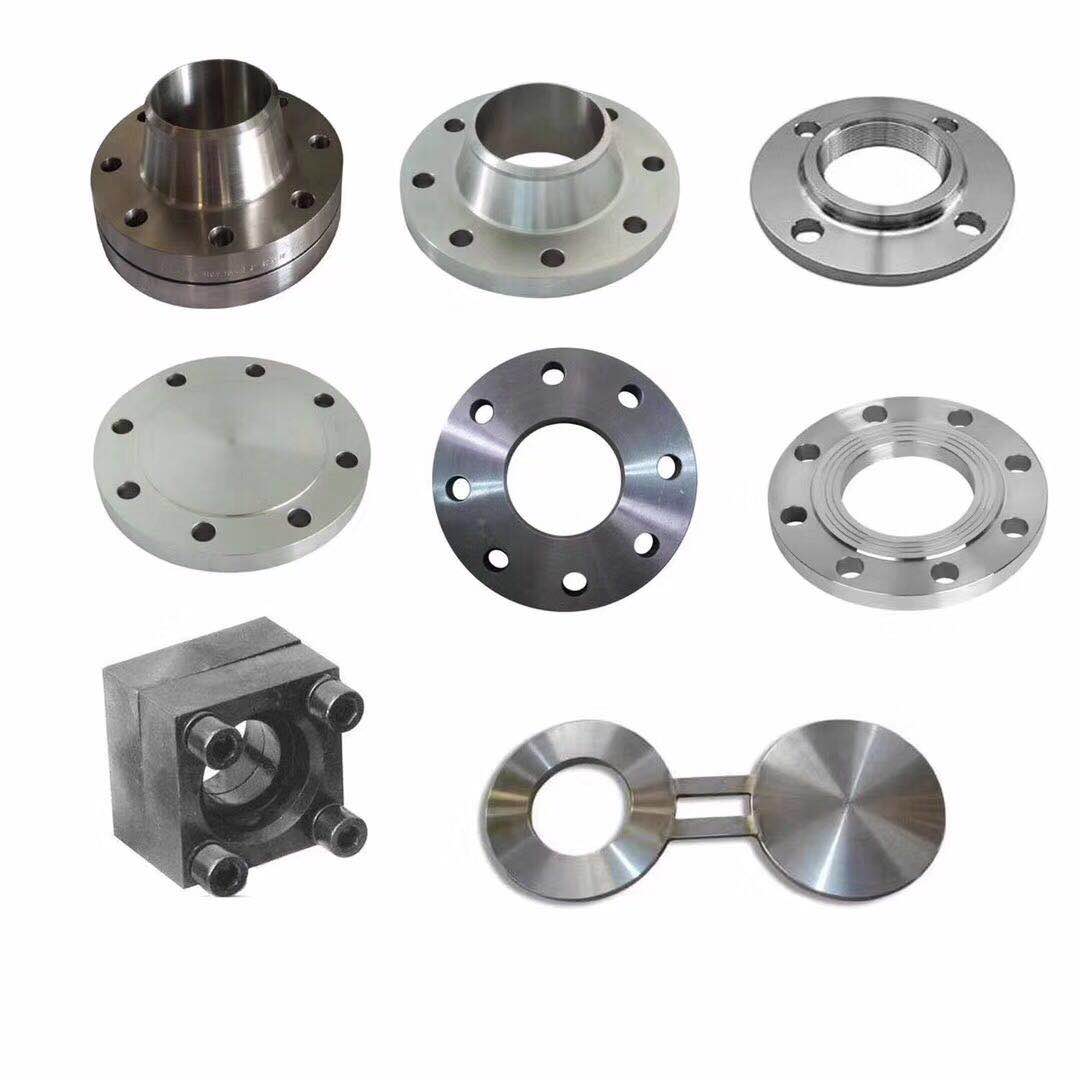Flange is a part that connects between shaft and shaft and is used for connection between pipe ends; it is also useful for flanges on the inlet and outlet of equipment for connection between two equipment, such as reducer flange.

Flange connection or flange joint refers to a detachable connection in which flanges, gaskets and bolts are connected to each other as a set of combined sealing structures. Pipe flange refers to the flange used for piping in the pipeline installation, and refers to the inlet and outlet flanges of the equipment when used on the equipment. There are holes on the flanges, and bolts make the two flanges tightly connected. The flanges are sealed with gaskets.
Classification Method of Flange
1. According to the chemical industry (HG) industry standards: integral flange (IF), threaded flange (Th), plate flat welding flange (PL), neck butt welding flange (WN), neck flat welding flange (SO), socket welding flange (SW), butt welding ring loose flange (PJ/SE), flat welding ring loose flange (PJ/RJ), lining flange cover (BL(S)), Flange cover (BL).
2. According to the petrochemical (SH) industry standard: threaded flange (PT), butt welding flange (WN), flat welding flange (SO), socket welding flange (SW), loose flange (LJ) , Flange cover (not indicated).
3. According to machinery (JB) industry standards: integral flange, butt welding flange, plate flat welding flange, butt welding ring plate loose flange, flat welding ring plate loose flange, flanged ring plate loose flange Flange, flange cover.
Flange Application
Butt-welded steel flanges: used for butt welding of flanges and pipes, with reasonable structure, high strength and rigidity, withstanding high temperature and pressure, repeated bending and temperature fluctuations, and reliable sealing. The butt welding flange with nominal pressure of 0.25-2.5Mpa adopts concave and convex sealing surface.
Flat welded steel flange: suitable for carbon steel pipe connection with nominal pressure not exceeding 2.5Mpa. The sealing surface of the flat welding flange can be made into three types: smooth, concave and convex and tongue and groove. Smooth flat welding flanges are the most widely used. They are mostly used when the medium conditions are relatively mild, such as low-pressure non-purified compressed air and low-pressure circulating water. Its advantage is that the price is relatively cheap.
Socket welding flange: commonly used in pipelines with PN≤10.0Mpa, DN≤40;
Loose flanges: loose flanges are commonly called loose flanges, sub-welded ring loose flanges, flanged loose flanges and butt welded loose flanges. It is often used when the medium temperature and pressure are not high and the medium is corrosive. When the medium is highly corrosive, the part of the flange contacting the medium (flanging nipple) is made of corrosion-resistant high-grade materials such as stainless steel, and the outside is clamped with a flange ring made of low-grade materials such as carbon steel. To achieve sealing;
Integral flange: The flange is often integrated with equipment, pipes, valves, etc. This type is commonly used on equipment and valves.


